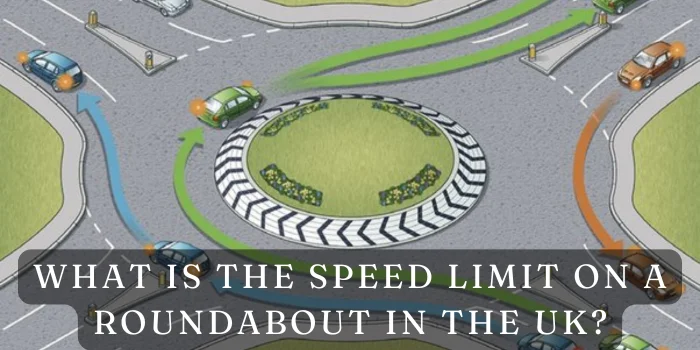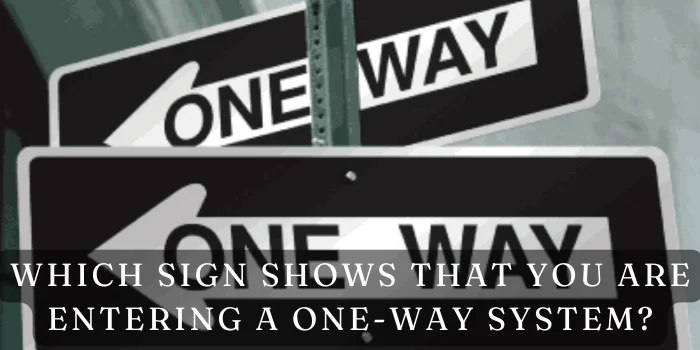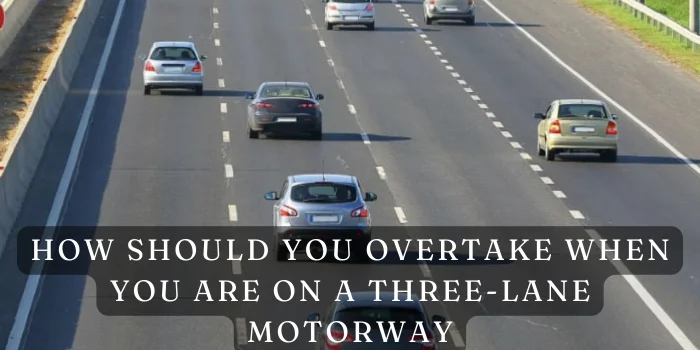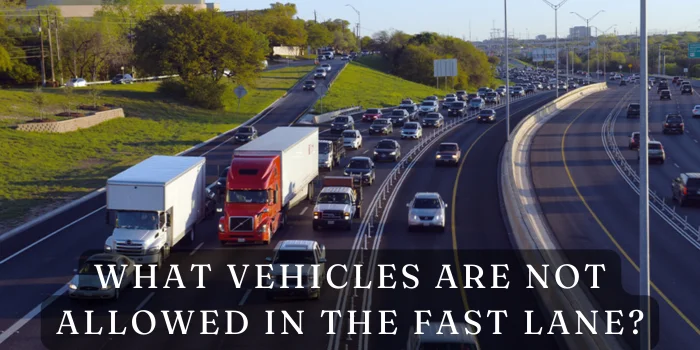Which Traffic Lights Have Cameras?
Have you ever found yourself approaching a traffic light and wondering, “Does this one have a camera?” It’s a question that has crossed the minds of many drivers in the UK. Traffic light cameras are becoming more common, but not all traffic lights are equipped with them. Let’s dive into how these cameras work, where you’re most likely to find them, and how to identify whether a traffic light has a camera.
Understanding Traffic Light Cameras:
The Purpose of Traffic Light Cameras:
Traffic light cameras serve a straightforward purpose: to enforce traffic laws, particularly the rules regarding red lights. Their main job is to catch drivers who run red lights, a significant cause of accidents at intersections. These cameras help reduce violations and, as a result, improve road safety.
How Do Traffic Light Cameras Work?
These cameras are typically linked to the traffic light system. When the light turns red, the camera gets activated. If a vehicle crosses the stop line after the light has turned red, the camera snaps a photo or records a video. This footage or image is then used as evidence to issue a penalty notice to the driver.
Locations Where Traffic Light Cameras Are Common:
High-Traffic Intersections:
You’re most likely to encounter traffic light cameras at busy intersections. High-traffic areas are prime spots because there are higher chances of accidents and red-light violations. These intersections often see a lot of pedestrian activity, making enforcing the rules more crucial.
Accident-Prone Areas:
Another common place for traffic light cameras is at intersections with a history of accidents. Local authorities might install cameras to discourage risky driving behaviour and improve safety if a particular intersection has been the site of multiple crashes.
Identifying Traffic Lights with Cameras:
Physical Appearance of Traffic Light Cameras:
How can you tell if a traffic light has a camera? These cameras are usually mounted on poles near the traffic lights or on the lights themselves. They often look like small boxes or domes and are positioned to face traffic flow. Some are noticeable, while others blend in with the surroundings.
Signage Indicating Camera Presence:
In many areas, signs indicate the presence of traffic cameras. These signs are usually placed before the intersection and serve as a warning to drivers. However, not all areas have these signs, so it’s essential to be vigilant.
Are All Traffic Lights Equipped with Cameras?
Variability Across Regions:
Not all traffic lights have cameras, and the presence of cameras can vary greatly depending on where you are in the UK. Urban areas are more likely to have them, while rural or less busy areas might not. It’s all about where the need for enforcement is highest.
Factors Influencing Camera Installation:
Several factors influence whether a camera is installed at a traffic light. These include the volume of traffic, the number of accidents in the area, and local council budgets. Some councils prioritize camera installation more than others, so you’ll see regional differences.
How to Spot a Traffic Light Camera:
Key Features to Look For:
When trying to spot a traffic light camera, look for a small box or dome positioned near the traffic lights. These cameras are often white, grey, or black and can be round or rectangular. They’ll be aimed at the lanes of traffic, typically at an angle that allows them to capture the license plate of any vehicle running the red light.
Differences Between Speed Cameras and Traffic Light Cameras:
It is also worth noting the difference between speed and traffic light cameras. Speed cameras are often larger and placed at different locations, like the side of the road or mounted on overhead gantries. Traffic light cameras, by contrast, are positioned explicitly at intersections and solely focused on catching red light violations.
Conclusion:
Traffic light cameras are vital in maintaining road safety by ensuring drivers adhere to traffic signals. While not all traffic lights are equipped with cameras, they are common in areas with high traffic or a history of accidents. Knowing what to look for and understanding how these cameras operate allows you to navigate intersections more confidently.
FAQs:
Do traffic light cameras work 24/7?
Yes, most traffic light cameras operate around the clock, regardless of the time of day.
Can I get a ticket if I run a red light but stop afterwards?
If your vehicle crosses the stop line after the light has turned red, you can still receive a ticket, even if you stop shortly after.
Are traffic light cameras used to catch speeders?
Generally, traffic light cameras are designed to catch red light violations, not speeding. However, some cameras can perform both functions.
How can I contest a traffic light camera ticket?
To contest a ticket, you need to provide evidence that the violation didn’t occur as stated or that there were mitigating circumstances. This usually involves going to court.
Do traffic light cameras flash when they take a picture?
Many traffic light cameras emit a flash when capturing an image, especially in low-light conditions.





